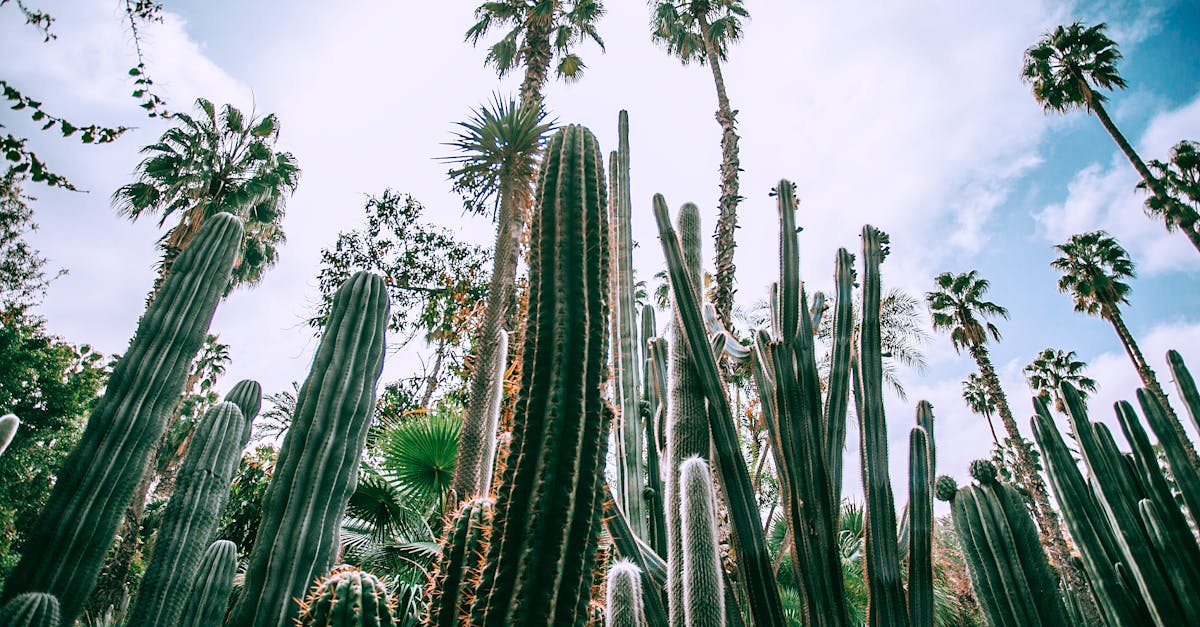Outdoor Odyssey: A Guide to Taking Air Plants on a Summer Escape

As the days lengthen and the temperatures rise, it’s time to give your air plants a well-deserved summer escape. Taking your air plants outdoors offers numerous benefits, from exposure to invigorating fresh air and natural light to a boost in their overall health and well-being. In this comprehensive guide, we’ll delve into the art of taking air plants outdoors, covering everything from choosing the perfect outdoor haven to providing protection from summer’s elements and ensuring a smooth transition back indoors. Get ready to embark on an adventure that will revitalize your air plants and bring a touch of the outdoors into your home.
1. A Breath of Fresh Air: Introducing Air Plants to the Outdoors
A Breath of Fresh Air: Introducing Air Plants to the Outdoors
As the warm summer months beckon, it’s the perfect time to give your air plants a well-deserved break from their indoor confines and introduce them to the invigorating benefits of fresh air and natural light. Taking your air plants outdoors offers a myriad of advantages that will boost their health, enhance their growth, and bring a touch of the outdoors into your home.
Exposure to fresh air is essential for all living organisms, and air plants are no exception. The constant circulation of outdoor air helps to remove toxins and impurities that can accumulate indoors, creating a healthier environment for your plants. Additionally, natural light is crucial for photosynthesis, the process by which plants convert light into energy. By providing your air plants with access to direct or indirect sunlight, you’ll be giving them the fuel they need to thrive.
In addition to the physical benefits, taking your air plants outdoors can also provide mental and emotional benefits for you. Spending time in nature has been shown to reduce stress, improve mood, and boost creativity. By bringing your air plants outdoors, you can create a mini oasis in your own backyard or balcony, providing a place to relax and recharge while enjoying the company of your plants.
2. Choosing the Perfect Outdoor Haven: Selecting the Ideal Environment

Choosing the Perfect Outdoor Haven: Selecting the Ideal Environment
To ensure the comfort and well-being of your air plants during their summer retreat, it’s essential to carefully select the ideal outdoor environment. Three key factors to consider are sunlight exposure, temperature, and humidity.
Sunlight exposure: Air plants prefer bright, indirect light, similar to what they would receive in their natural habitat under the canopy of trees. Avoid placing your air plants in direct sunlight, as this can scorch their leaves and lead to dehydration. A shady spot on a porch or patio is ideal.
Temperature: Air plants are native to tropical and subtropical regions, so they thrive in warm temperatures. The ideal temperature range for most air plants is between 50 and 85 degrees Fahrenheit (10-29 degrees Celsius). If temperatures are expected to drop below 50 degrees Fahrenheit, it’s best to bring your air plants indoors temporarily.
Humidity: Air plants absorb moisture from the air, so they prefer humid environments. If the air in your area is dry, you can increase the humidity around your air plants by misting them regularly or placing them on a tray filled with pebbles and water. Avoid placing your air plants in areas with high humidity, as this can promote rot.
3. Watering Wisdom: Striking the Balance for Outdoor Air Plants
Watering Wisdom: Striking the Balance for Outdoor Air Plants
Watering air plants outdoors requires a delicate balance, as the amount and frequency of watering will vary depending on the specific needs of each plant and the variable outdoor conditions. Here are a few tips to help you master the art of watering your air plants outdoors:
-
Observe your plants: Pay attention to the appearance of your air plants to determine their watering needs. If the leaves are starting to curl or turn brown, it’s a sign that the plant is thirsty. On the other hand, if the leaves are mushy or slimy, it’s a sign that the plant is getting too much water.
-
Consider the weather: The amount of watering your air plants need will vary depending on the weather conditions. During hot, dry weather, your plants will need to be watered more frequently than during cool, humid weather.
-
Use rainwater or distilled water: Air plants are sensitive to chemicals, so it’s best to use rainwater or distilled water when watering them. Tap water can contain chlorine and other chemicals that can damage the leaves of air plants.
-
Water thoroughly: When you water your air plants, make sure to soak them thoroughly. You can do this by submerging the entire plant in a bowl of water for 10-15 minutes. After soaking, shake off any excess water and allow the plant to dry upside down before placing it back in its holder.
-
Don’t overwater: Overwatering is one of the most common mistakes when it comes to caring for air plants. It’s important to allow the plant to dry out completely between waterings. Overwatering can lead to root rot and other problems.
4. Protecting Your Air Plant Oasis from Summer’s Elements
Protecting Your Air Plant Oasis from Summer’s Elements
While air plants are generally hardy and adaptable, they can still be vulnerable to the elements, especially during the summer months. Here are a few tips to help you protect your air plant oasis from excessive sunlight, strong winds, and unexpected downpours:
-
Provide shade from excessive sunlight: Air plants prefer bright, indirect light, but they can be scorched by direct sunlight, especially during the hottest hours of the day. If you’re placing your air plants outdoors in a sunny location, be sure to provide them with some shade, either by using a shade cloth or by placing them under a tree or umbrella.
-
Protect from strong winds: Strong winds can damage the leaves of air plants, so it’s important to protect them from exposure to high winds. If you live in an area with strong winds, you can place your air plants in a sheltered location, such as on a covered porch or patio. You can also use stakes or ties to secure your air plants to a stable object.
-
Shield from unexpected downpours: Air plants are epiphytes, which means they absorb moisture from the air and rain. However, they can be damaged by heavy downpours. If you’re expecting rain, it’s best to bring your air plants indoors or place them in a sheltered location. You can also use a clear plastic cover to protect your air plants from the rain.
By following these tips, you can help protect your air plant oasis from the elements and ensure that your plants thrive all summer long.
5. Bringing the Outdoors In: Reintegrating Air Plants Post-Adventure
Bringing the Outdoors In: Reintegrating Air Plants Post-Adventure
As summer winds down and the days get shorter, it’s time to bring your air plants back indoors. Here are a few tips to help you re-acclimatize your air plants to indoor conditions while preserving the memories of their outdoor adventure:
-
Gradually reduce watering: Air plants that have been outdoors all summer will be used to receiving more water than indoor air plants. To avoid shocking your plants, gradually reduce the frequency of watering over a period of a few weeks.
-
Increase humidity: Indoor air can be drier than outdoor air, so it’s important to increase the humidity around your air plants once they come back inside. You can do this by misting your plants regularly or placing them on a tray filled with pebbles and water.
-
Provide bright, indirect light: Air plants prefer bright, indirect light, so choose a spot for them that receives plenty of light without being in direct sunlight. A north- or east-facing window is ideal.
-
Fertilize lightly: Air plants don’t need a lot of fertilizer, but you can give them a light feeding once a month during the growing season. Use a balanced fertilizer that is diluted to half strength.
-
Inspect for pests and diseases: Before bringing your air plants back indoors, inspect them carefully for pests or diseases. If you find any pests, treat them immediately. You can also use a neem oil spray to help prevent pests and diseases.
Quiz
1. True or False: Air plants can survive in direct sunlight.
2. Which of the following is NOT a factor to consider when choosing an outdoor environment for air plants? (a) Sunlight exposure (b) Temperature (c) Soil type
3. True or False: Air plants should be watered more frequently during the summer months.
4. Which of the following can be used to protect air plants from excessive sunlight? (a) Shade cloth (b) Plastic wrap (c) Aluminum foil
5. True or False: Air plants require a lot of fertilizer.
Answer Key
- False
- (c) Soil type
- True
- (a) Shade cloth
- False
Answer Key
- False
- (c) Soil type
- True
- (a) Shade cloth
- False
